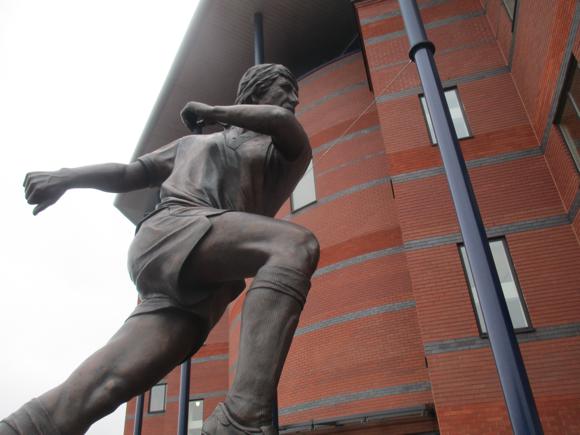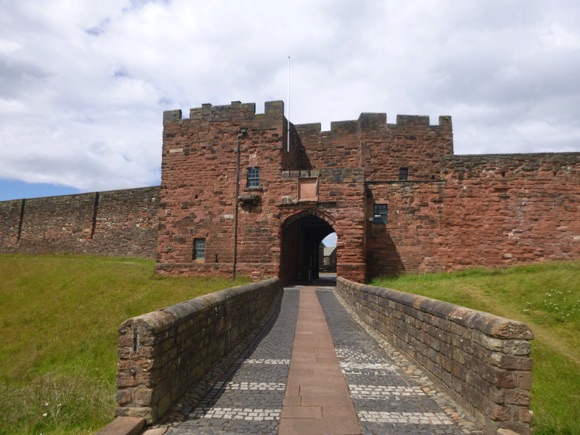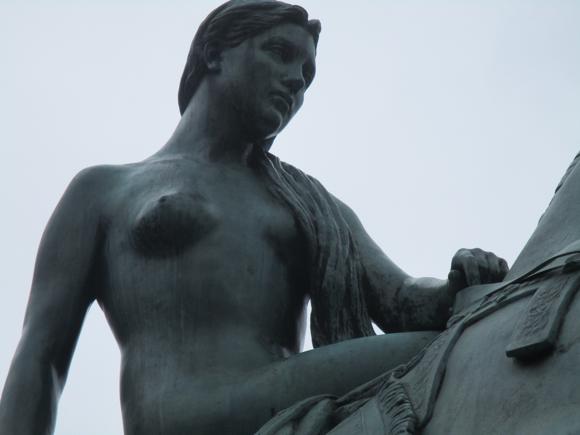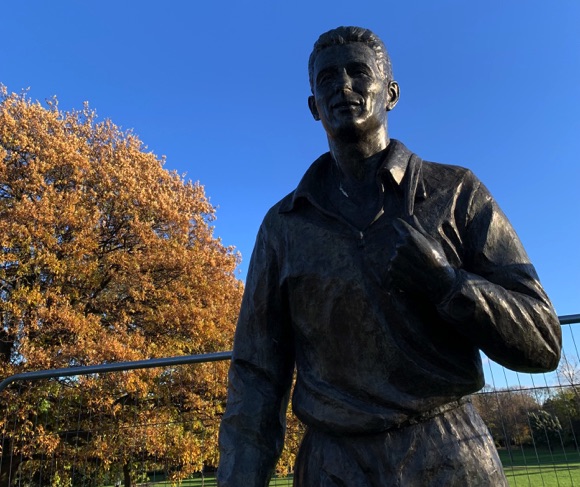Teams, tales and tips – a guide to the local game
Outside Villa Park stands a statue of William McGregor, founder of the Football League, the draper from Perth and director of Aston Villa who almost single-handedly elevated the amateur game of football to a professional level from 1888 onwards.
Villa and their main rivals, Birmingham City, had been formed well over a decade before. Both are still based at the grounds they played at during the McGregor era. Villa Park has since staged a European final, a World Cup, and more FA Cup semi-finals than any other stadium.
Formed around the same time, and also founder members of McGregor’s Football League in 1888, West Bromwich Albion have been playing at The Hawthorns, on the border of West Bromwich and Birmingham, since 1900.

But for all this tradition, the city of Birmingham has only celebrated two league titles since the McGregor era, West Brom’s just after World War I and Aston Villa’s in 1981. Villa also brought home the European Cup the year afterwards. Other silverware has otherwise been few and far between. All tolled, the three clubs have won 11 domestic cups since the war, the last FA Cup being WBA’s in 1968.
The Villans are based north of town, in Witton, beside Aston. Birmingham, originally Small Heath, are still based there, just east of the city centre. Derbies involving West Bromwich tend to be lively rather than volatile. Beyond West Bromwich is Wolverhampton, only 12 miles away. The Black Country derby between WBA and Wolverhampton Wanderers holds equal, if not more, allure for Baggies fans.

Trailing way behind Liverpool and Manchester in the trophy stakes, England’s second most populous city had a head start on both. Only Birmingham had two clubs in McGregor’s inaugural Football League of 1888-89. The wily Scot had insisted on a one-club-per-city format, and West Bromwich officially represent the market town of the same name in the Black Country, a bus stop away from Birmingham.
Birmingham was also the first city to provide both teams in an FA Cup final – in fact, Villa and WBA would meet three times in London in under a decade, the 1895 showdown attracting 42,560 to Crystal Palace. The first of only two times that Birmingham City made the final, in 1931, West Brom were the opponents.

These rivalries also extended to the Birmingham Cup, the oldest county trophy of its kind still in existence – although the first winners in 1876, Wednesbury Old Athletic, are no longer with us. As the big three focused more on the Football League and FA Cup, so they began to field reserve sides, allowing the likes of Stourbridge, Willenhall Pickwick and Bliston United to make the final of the local competition either side of World War I.
Aston Villa and Birmingham, then called Small Heath Alliance, first met in 1879, and for a competitive fixture in 1887. Since then, Second City derbies in cup competitions have been relatively rare, only 11 in more than 130 years, including the two-legged League Cup final of 1963.

Recent seasons have seen violent clashes. Birmingham’s last-gasp 2-1 win in the League Cup of December 2010 was marred by some of the worst scenes witnessed at an English football ground in modern times, on the pitch, in and around the ground. It was Birmingham’s first victory over Villa in five years. Manager Alex McLeish, having led Blues to beat Arsenal in the subsequent League Cup Final that February, promptly went over to Villa in June. Protests broke out on both sides. McLeish only lasted a season at Villa Park.
n 2015-16, Villa tumbled out of the top flight for the first time since 1988, leaving WBA as the city’s only representatives in the Premier League. With Birmingham rooted in the second tier, this led to a number of league clashes, the last of which came in 2019. A spectator run onto the pitch at St Andrew’s, thumped Villa hero Jack Grealish and was hauled down by stewards. The England international and lifelong Villa fan then scored a late winner for the visitors, diving into the away end to celebrate.
The Villans duly went on a ten-game winning streak to make the Championships play-offs and face a recently relegated WBA, a two-leg tie decided on penalties after extra-time, two red cards and untold goalmouth drama. With West Brom relegated once more in 2021, Villa currently have no cross-city rivals in the Premier League.
To exaggerate the contrast, Villa have gained a new lease of life under Unai Emery, qualifying for the Champions League for the first time in 2024, while Birmingham City sank to the third tier for the first time in 30 years after a series of absurd managerial appointments.






Getting Around
Arriving in town and local transport

Birmingham Airport is 10km (six miles) south-east of town, with its own station, Birmingham International, on the main rail network. A free Air-Rail Link monorail connects the airport to the station.
Trains run to downtown Birmingham New Street (journey time 10-15mins, £3.30) every 10mins. A taxi (0121 695 9807) to town should cost around £15.
In town, network west midlands oversees the system of buses, metro light rail and regional trains that serve Birmingham. There are various types of day tickets, including the nnetwork (£9) for bus, tram and rail and nnetwork Daytripper (£6.90) for bus, tram and certain rail services.
Where to Drink
The best pubs and bars for football fans






Bars, pubs and nightspots line Broad Street, famous local musicians honoured in stars along the pavement, Birmingham’s customised version of Hollywood Boulevard.
Venues there include the Brasshouse, a large, canalside pub with TV sports, Soloman Cutler, a handily located Wetherspoons just over the water, and after-dark Players. Further down the waterfront in Mailbox Birmingham, Pennyblacks is sports bar, restaurant and nightclub in one, with sought-after ales, cocktails and pub grub served in contemporary, post-industrial surroundings.
Further up Broad Street, just off Five Ways on Ruston Street, the Vine Inn is a quite wonderful local pub, friendly and communal. Aston Villa paraphernalia, including a signed photo of Dennis Mortimer lifting the European Cup, surround pool tables, flat-screen TVs and a cosy wooden interior. Here football comes first.




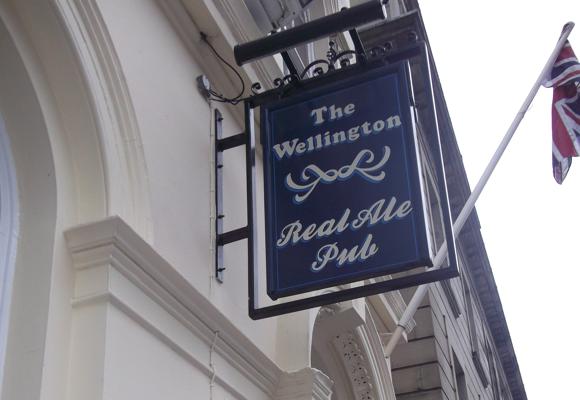

By the Magistrates’ Courts, the Crown Hotel, dating back to 1862, is a decent place to watch the match, with quality pub grub. The nearby Square Peg fills the ground floor of a former Victorian department store. Also on Corporation Street, the Peaky Blinder Pub is themed after the hit TV series, promising no WiFi, no food but great beer and music – plus a TV screen.
Nearer New Street on Briar Rose on Bennetts Hill is a Wetherspoons attached to a city-centre hotel, while the nearby Wellington is a good spot for ales, best enjoyed on the roof terrace. On Lower Temple Street New Street station, the Shakespeare is a distinctive old Victorian gin palace, with pub food and TV football the focus.
Behind Birmingham coach station in Digbeth, a short walk from the Bullring, the Anchor Inn is as honest as it gets, a real-ale paradise (Bee Sting, Shipyard Pale Ale, Razor Back – choose from the chalkboard) with retro maps and photos relating to generations of bus travel. TVs provide football coverage but most are here for the beer.
Where to stay
The best hotels for the grounds and around town




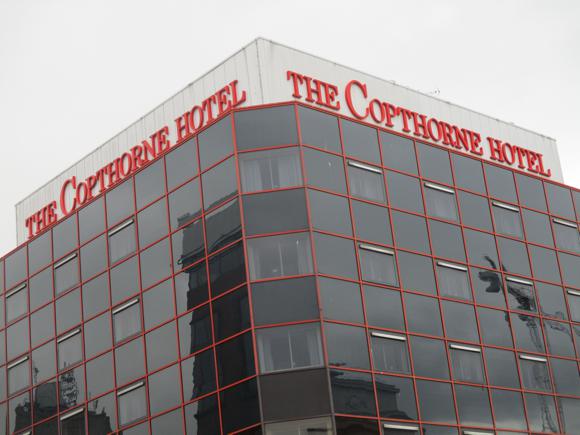

Visit Birmingham has a hotel database and online booking. Handily located near Snow Hill station, the Hotel du Vin is set in a former Victorian eye hospital, its grand surroundings now housing 66 rooms, a gym, sauna, restaurant and the Pub du Vin. There’s also an inner courtyard with a retractable roof.
The Britannia Hotel is as central as you can get, just across from Aston Villa’s downtown store, within five minutes of New Street station. The nearby landmark Macdonald Burlington is the former Midland railway hotel, dating back to 1874 and still full of character. Round the corner on Bennetts Hill, the Briar Rose is a more upscale version example of lodgings in the Wetherspoons chain. Over at Paradise Circus, the four-star Copthorne is also walking distance from New Street. Just across the main road from there, the ibis Styles is a design-forward economy choice.








As well as bars, Broad Street is lined with hotels. The Hyatt Regency dominates the skyline, its modern, four-star rooms complemented by a pool and spa. Nearby Jurys Inn also provides quality lodging, with a wallet-friendly Travelodge alongside. Over the road, the Novotel has a gym and business facilities. Further along, the Hampton by Hilton also has panoramic views from many guestrooms.
For a contemporary stay near the waterfront, the Hotel Indigo at The Cube offers spa packages and private dining laid on by star chef Marco Pierre White. Round the corner, the wharfside AC Hotel Birmingham in the Marriott chain has 24-hour fitness facilities. Nearby, the Malmaison provides a touch of boutique luxury.






There’s precious little accommodation near Villa Park – the nearby Aston Hotel has long been closed. The Aston Inn, the rebranded New Aston Social Club on Aston Hall Road, has just started offering en-suite guest rooms above a convivial pre-/post-match bar. For WBA, the Mercure Birmingham West, the former Park Inn by Radisson, still has a pool, gym and sauna near the Sandwell Park golf club and helipad, within walking distance of The Hawthorns.
Birmingham City are closer to the city centre. Several lodging options are located nearby, most notably The Royal George, a Blues-focused pub with rooms attached. Also close, by a busy roundabout, is a budget-priced ibis.
Handy for both St Andrew’s and town, the Rowton, the former Paragon Hotel, is set in an old Victorian institution, with cheap online deals and a busy bar. Over the road from the coach station and an easy bus hop to the ground, the adagio aparthotel offers short- and long-term stays in convenient comfort, with a gym attached.




